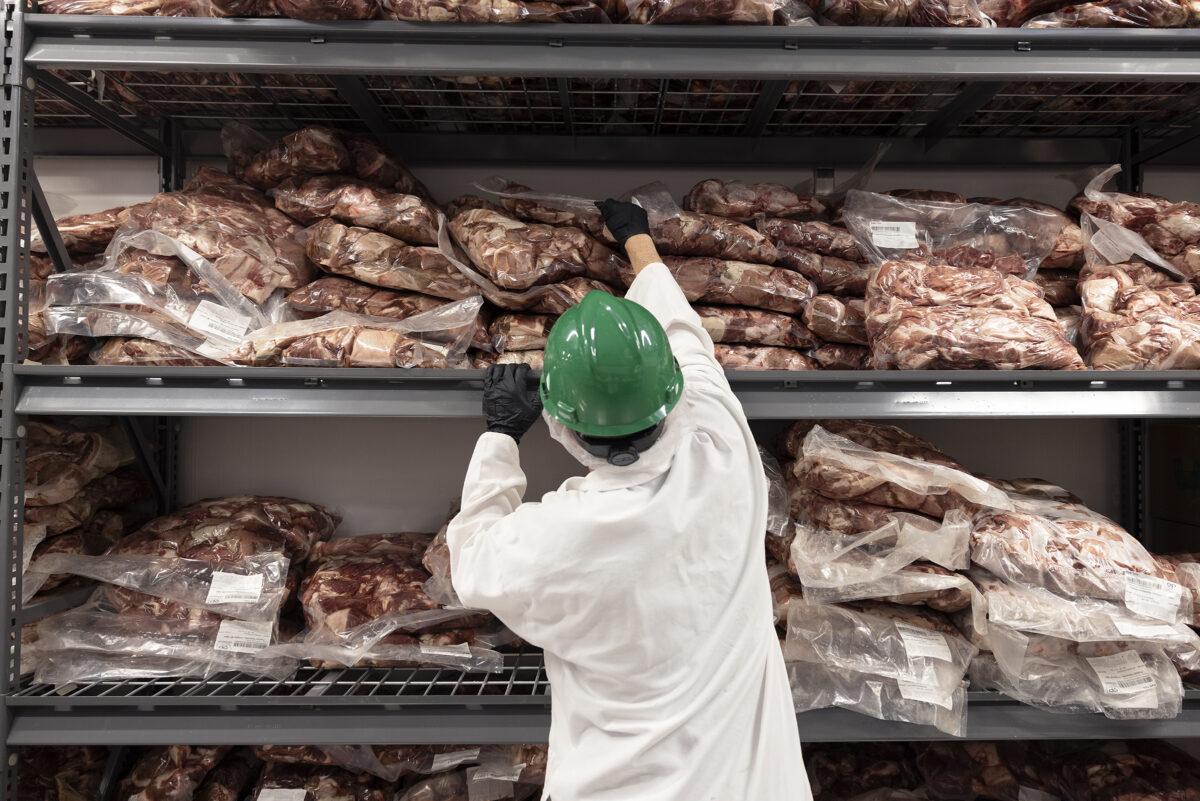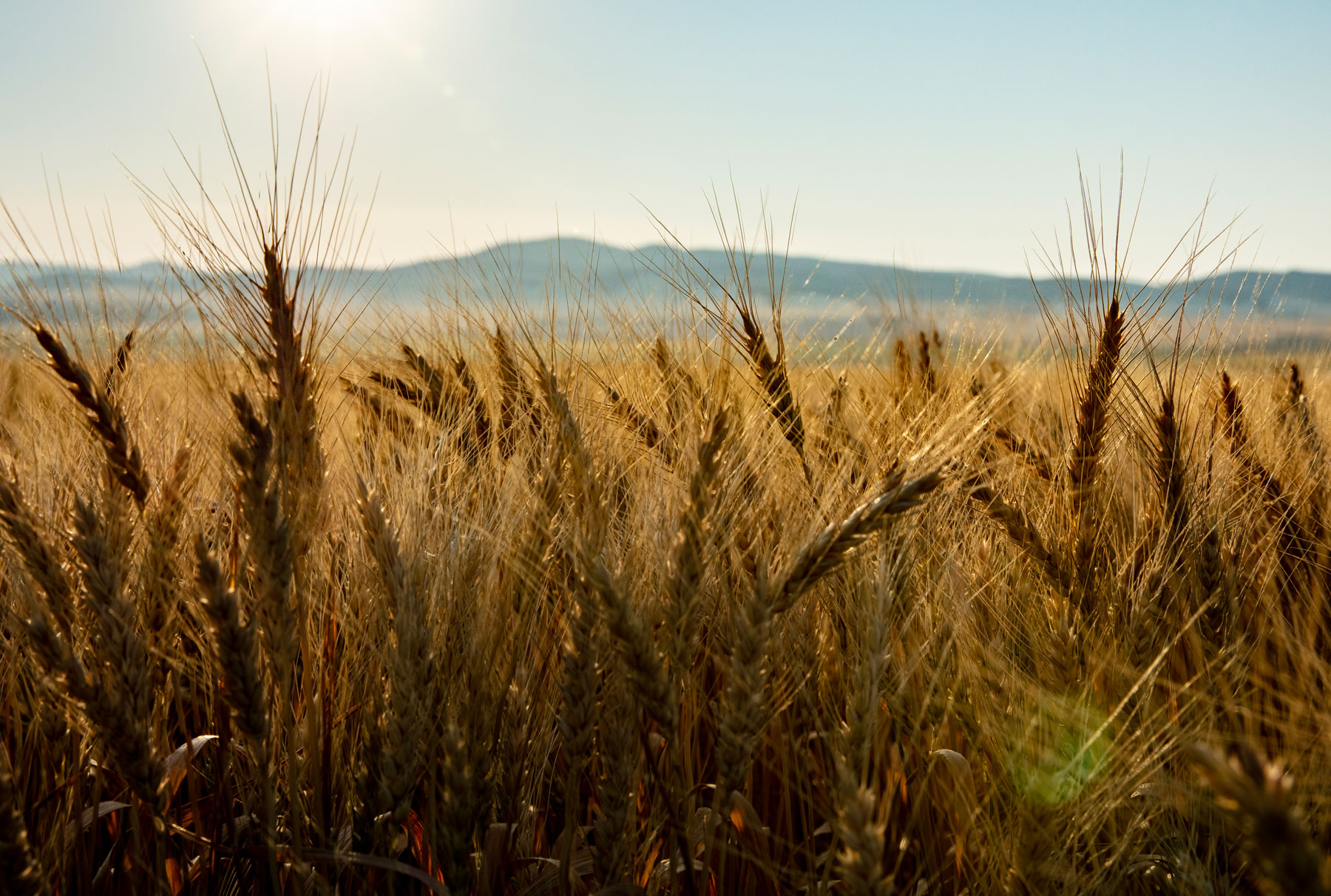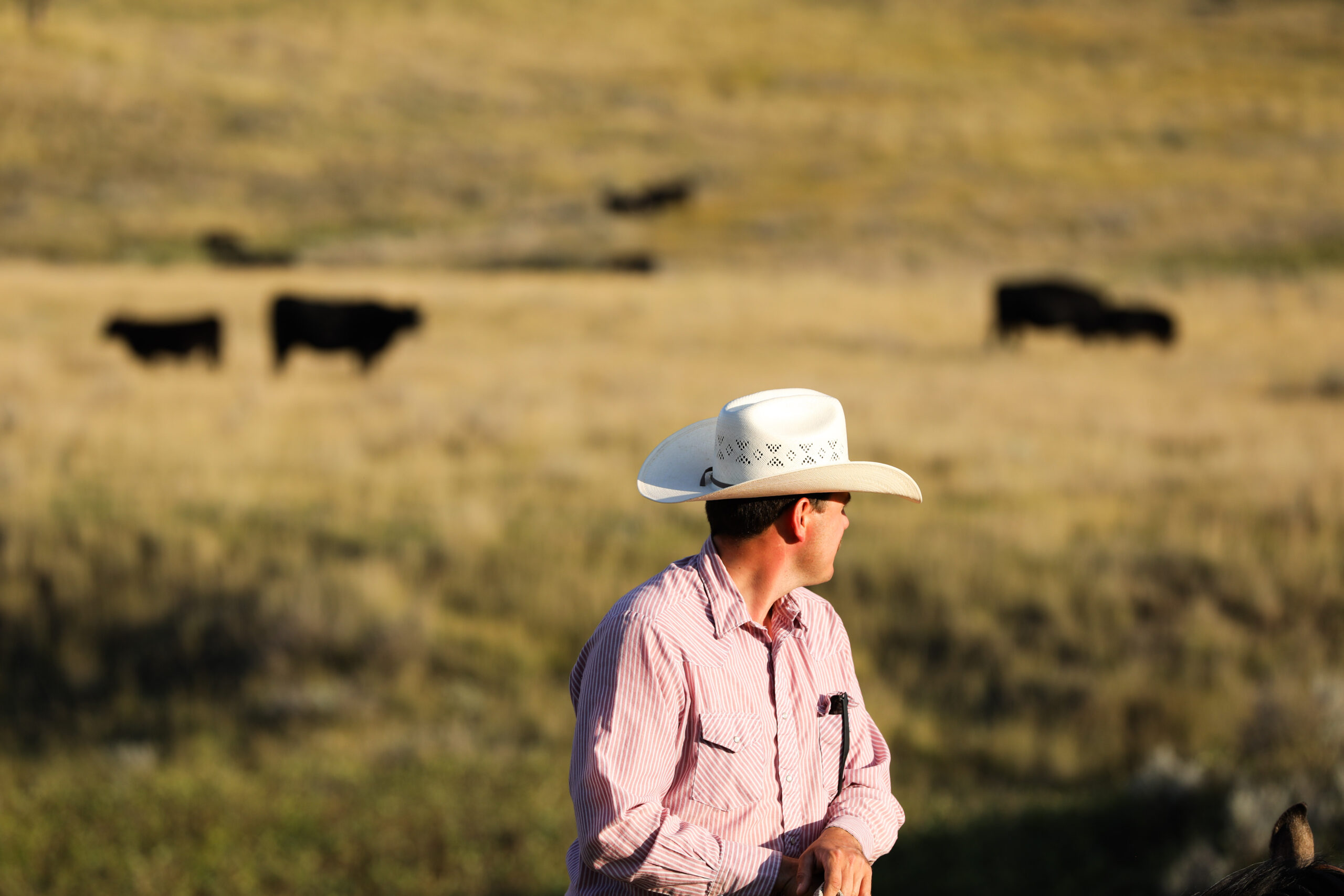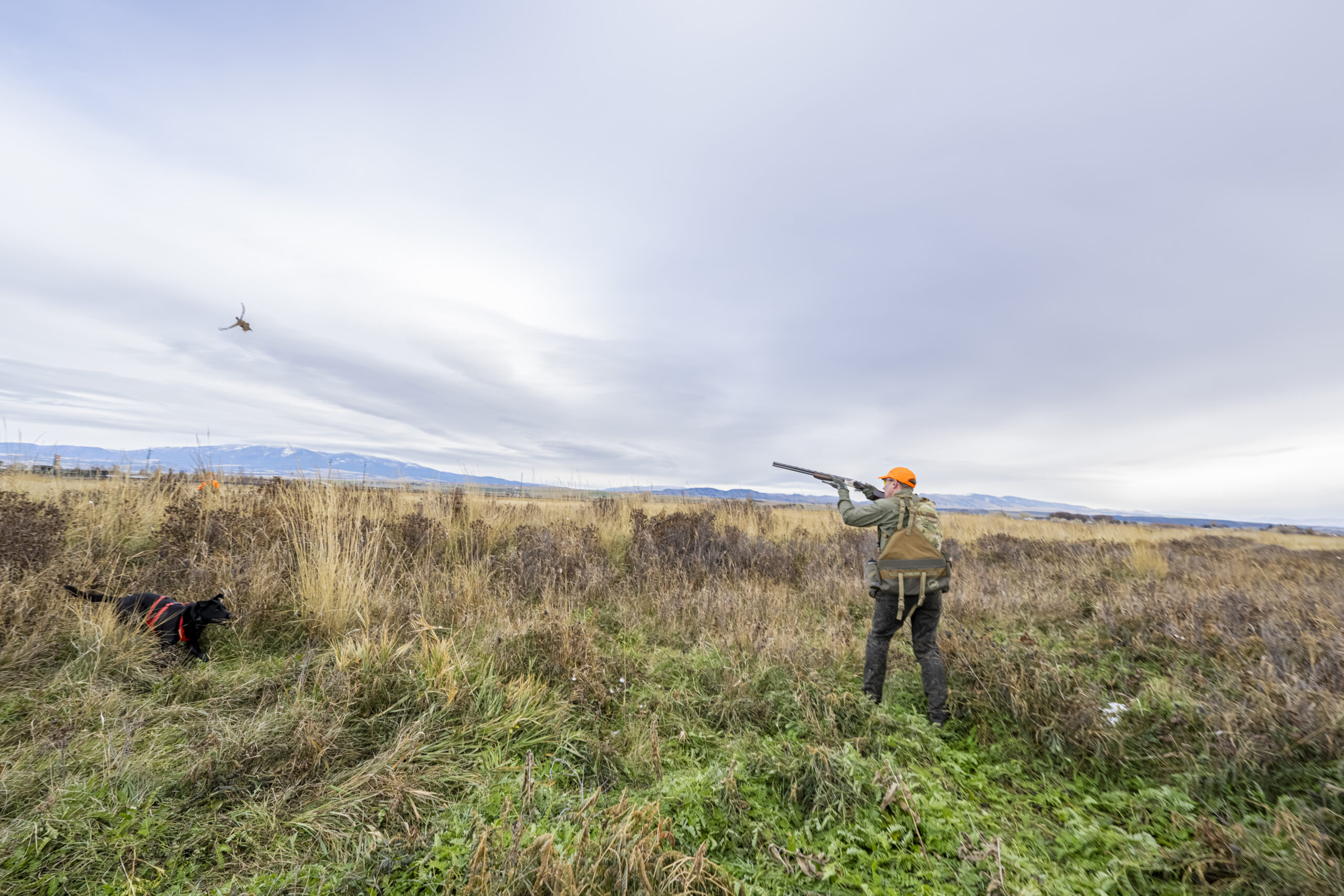Calving Season and Cattle Market Outlook
Spring is here, and many farmers and ranchers across Montana are welcoming newborn calves to their herd. Exactly when calving season begins ranges widely, typically starting in January at the earliest and June at the latest. Every producer has their own strategy on the best time for calving, considering the type of livestock operation they have, the associated weather-related risks and their individual operational strategy. Regardless of when an operation begins calving, welcoming the wobbly-legged little ones into the world takes a lot of time and energy, making calving season one of the most important and labor intensive times of the year for producers.
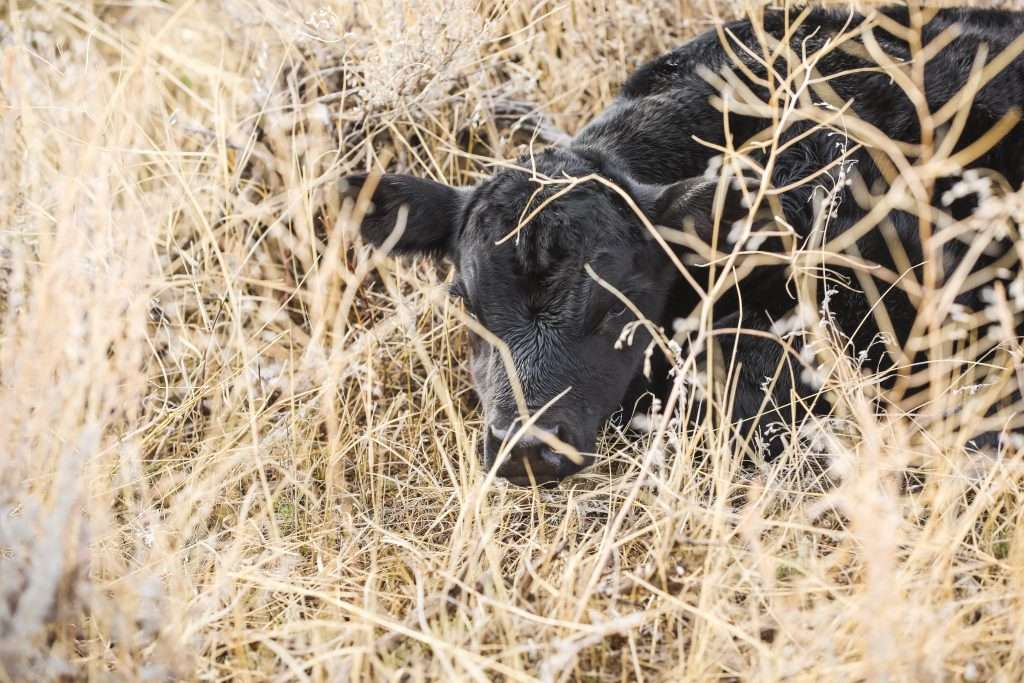
Birthing calves and caring for the newborns is an around-the-clock job—most operators check in on their calves every few hours to make sure they are alive and well. Calving season often makes for lots of sleepless nights, and the recent cold weather spell in Montana only added to the usual concerns for cow and calf safety. Raising cattle is a long term commitment—the gestation period for cows is anywhere from 279 to 292 days, and calves are reared for anywhere from 6 months to a year after they are born. There is a lot on the line for operators during calving season—not only have they invested considerable time and resources in breeding cattle, but each calf can represent significant potential revenue.
The outcome of calving season also significantly impacts the cattle and beef markets. Several years of record drought conditions in Montana and rising operational costs led many operations to reduce their herds, resulting in the highest culling rate ever recorded. According to CattleFax, projections for the 2023 beef market suggest record high prices for cattle this year. The demand for beef is predicted to remain strong, but due to inventory shortages, the total slaughter numbers are likely to be below average.
“It seems like we are on the cusp of a much needed reprieve from the challenges that have been plaguing the cattle market over the last few years. High cattle prices and the forecasted drought relief should create an opportunity for producers to pay down their debt—especially important this year amid rising interest rates. The outlook for the year ahead is all-in-all positive, and the good news couldn’t have come sooner.” Bill Boyce
Recent forecasts from CattleFax as reported by agriculture.com show the expected price increases:
-
Fed cattle: $150 to $172 per hundredweight trading range, with an average of $158 for the year. That’s up $14 from last year. Highest prices should come in early summer, then again late in the year.
-
550-pound calves: $200 to $250 price range for the year, with an average of $225. That’s a bump of $29 over last year. Those 550-pound weaned steers will be worth $1,375 a head.
-
Cull cows: After last year’s selloff, there won’t be as many culls this year, and demand for grinding hamburger is high. Prices will jump to $100 per hundredweight, $20 above last year. In fact, the demand for this class of beef may prompt more imports from Australia.
-
Bred cows: As the nation’s cow herd sets to rebuild over the next several years, the demand for bred cows and heifers, and even cow-calf pairs, will also shoot up. Good quality bred cows could range from $1,900 to $2,300.
For up to the minute cattle futures, check CattleFax.
According to the USDA in their cattle and beef market outlook from early March, a higher slaughter rate is expected for the remainder of the year, although expected dress weights will be lower. Projections for beef production have been increased to 26.7 billion pounds and prices have increased to $162 per hundredweight based on data gathered by the USDA through early March.
Overall, the outlook for beef prices and demand is good for 2023—although there is always the potential for drought conditions and economic strains to impact the market. According to Drovers.com, “If drought conditions moderate this year, cattle slaughter and beef production could drop substantially. A return to more normal rainfall could even trigger some level of herd expansion, further tightening feeder supplies and driving prices even higher.” As with most things in farming and ranching, it’s a wait and see—but for now things are looking up for the cattle producers who managed to survive the last few challenging years. In the meantime, there are plenty of adorable baby calves to care for and enjoy.
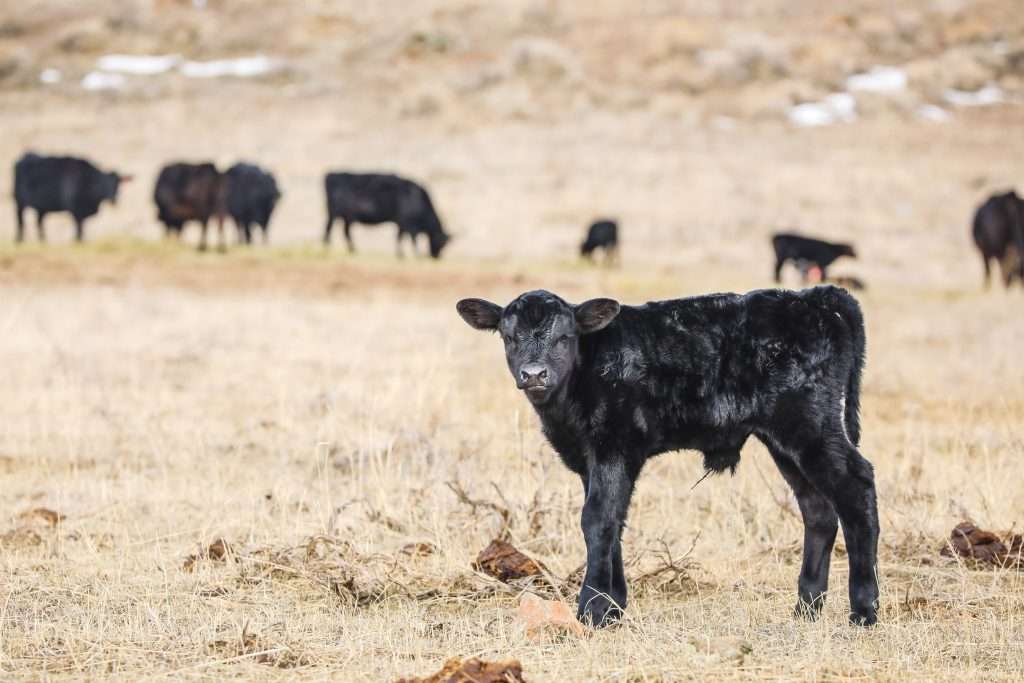
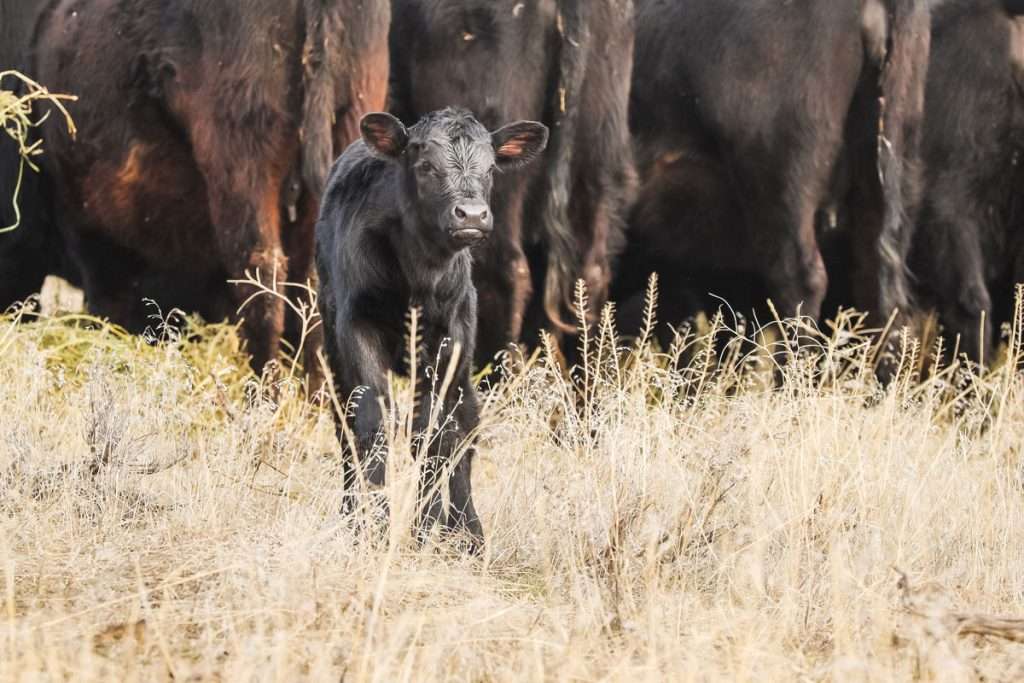
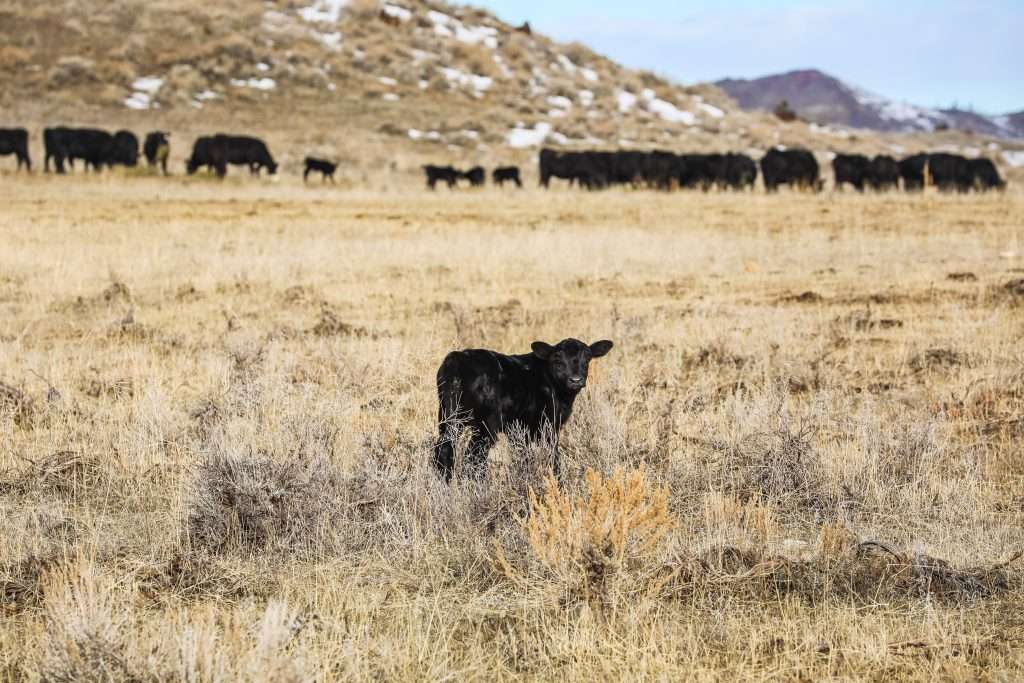
Photos courtesy of Horizon Marketing Agency.
How does the state of the cattle market impact you? Whether you’re thinking of investing, expanding or exiting a cattle production, the Western Ranch Brokers team can help.
Contact us for more information on the latest status of the Montana ranch market and find out how we can go to work for you.



